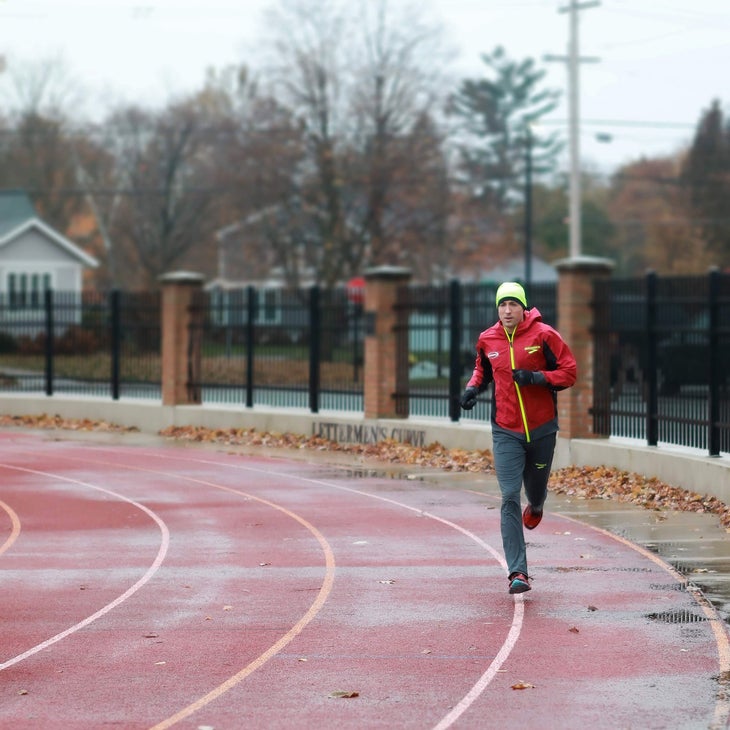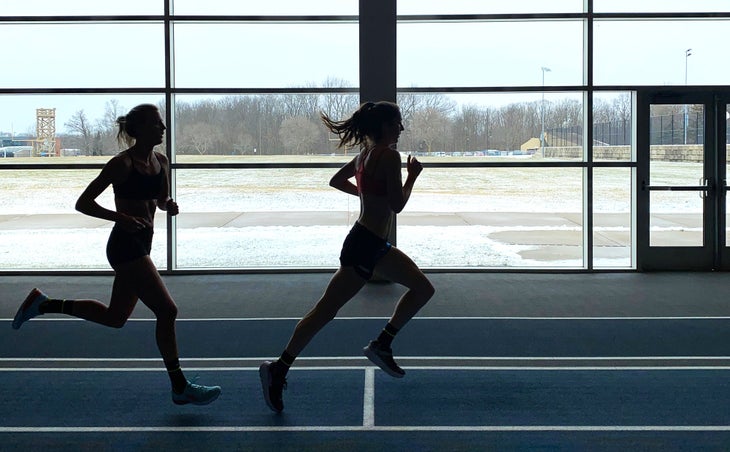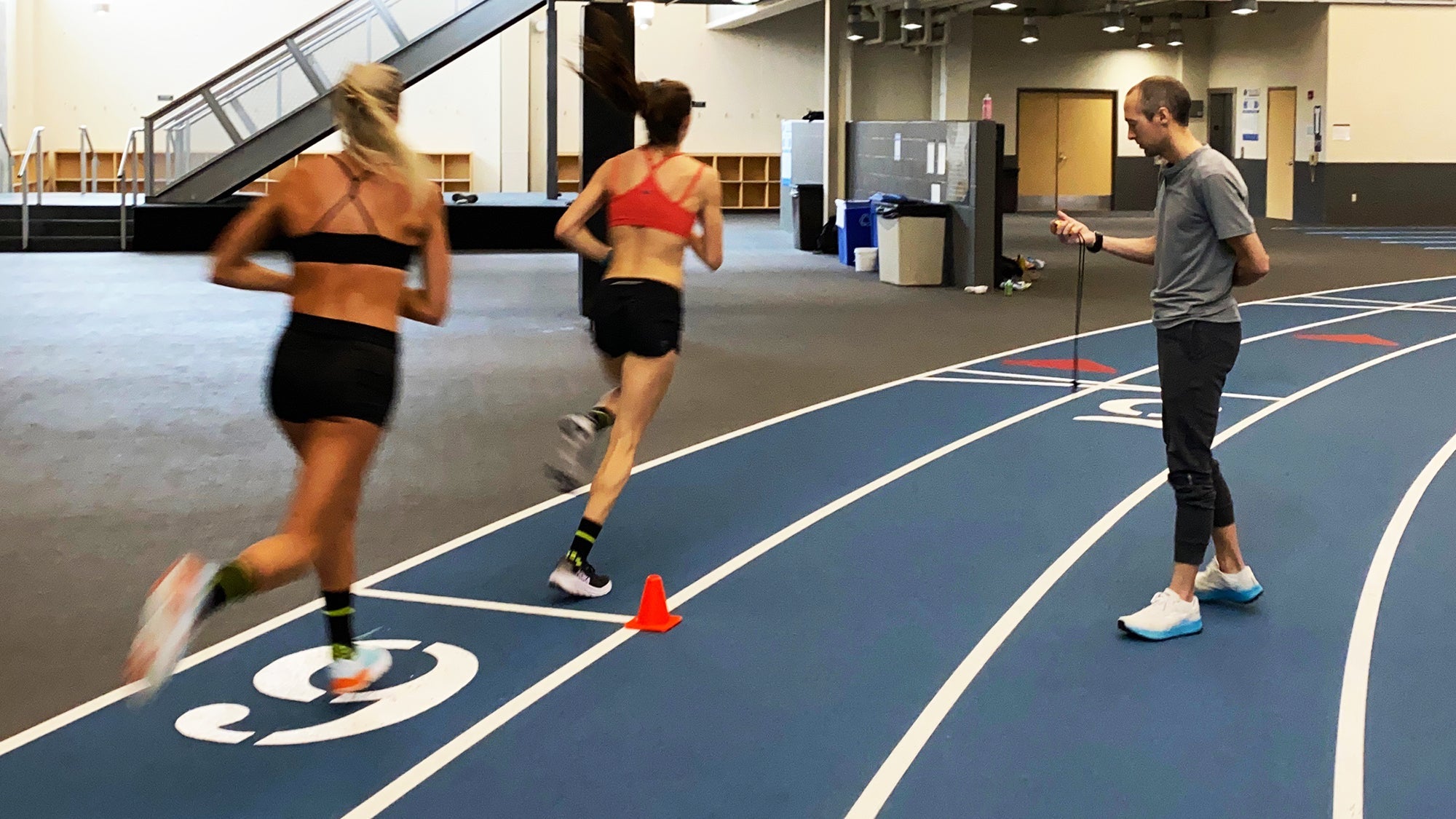S*** Happens. Remember how Forest Gump came up with that bumper sticker slogan when he was running across America? How appropriate he had that epiphany while running.
Many runners suffer from a compulsion that everything has to go according to plan. In fact many athletes buy just that: a Training Plan. But sometimes life happens. We set out with a goal, we plan—maybe with the help of a coach—but something is bound to pop up in our way. Rarely does everything go according to plan.
Eternal Optimists
We think of our best training days always. Workouts that were effortless. Long runs that you could go forever. I’m an eternal optimist myself and so I always remember the good and forget the bad. I revert to thinking I can run 120 miles a week because I did that before at one point in my career. Or I think I can workout after just one or two easy days because I was able to do that at a different point in my life. I think of my best workouts and I rarely remember that they come often when its a great day and the numbers at the end look amazing.

Usually, however, it’s not 65 degrees, overcast with no wind. You don’t always sleep and eat well, and life stress isn’t minimal. You’re bound to get sick at some point, an injury might arise or you might just have to take care of your family obligations. Even if you are really good a having a routine, obstacles will invariably arise. Many athletes underestimate how much that can effect training in both the short and long term. It doesn’t mean your goals always have to change but often you need to adjust in the days around that obstacle to make sure you get yourself back on track.
Buying a training plan is a great option for someone who needs to have guidance in their training, but if you know you can’t hold yourself to account, you might consider getting a coach who you can communicate with regularly. Several site, such as the platform I use, FinalSurge, have many great options for whichever kind of athlete you are. If you can be honest with yourself, and adjust, a plan might be fore you. Otherwise look for one of those trusted coaches to help you along the way.
Creating Your Personal Plan
When I start to work with an athlete, I like them to give me the obligations that they have in their normal life and we work training around that. Most athletes are not professionals who have the full day to devote to training. So making sure they get the best schedule is the first step. For many people Sunday long runs work great, but for others it simply isn’t an option.
Finding the right training balance which you can sustain for a long period of time is important because your goals shouldn’t just stop after the end of a training program. Hopefully your passion for running just moves to the next goal and you will need to have a long term schedule that works with your everyday life.
If you buy a training plan, finding out how much training load you can handle is an important step. Many runners think of volume as the main component. While mileage is very important, how much intensity, how much you can rest, your running background and what your goals are matter as well.

Let Go and Roll With It
Once that plan is in place, be able to take the emotion away and adjust whenever life throws you curveball. It took me a long time to figure out that no one day really matters that much. If you force a workout on a day when you are short on time, the weather is horrible or you are under the weather, you’re likely to effect the next workout and eventually that will catch up.
I always did better if I had a coach that would help me adjust the plan and take the emotion out of it. Sometimes you need to just slow down the paces. If its super windy and rainy but you need to get in the session that day because of your schedule, just take away the time goals and focus on the effort. If the speed is what matters more, wait an extra day if the weather looks good.
Just this past weekend I had two women I coach—Emily Oren and Leah O’Connor—who needed to adjust their training. They had a great workout, one of their best this season: 3 x 2K with 2 minutes recovery, plus 4 x 400m with 2 minutes recovery. The runners reported that the repeats felt effortless, and we walked away feeling great about the work they did, averaging 5:15 mile pace for the 2K’s and 68 down to 63 for the 400s.

The next workout Emily was away out of town and needed to use the track. She showed up and it was locked. We decided to just put the spikes away for this one and do the workout on the roads in her training shoes. It wasn’t nearly as flashy, and she was racing on the track the next weekend, but we had had such a great workout two days before that it was better to get it done that day and let her rest on her travel day home.
Leah was suppose to do the same workout at the indoor track that day. We showed up and found a lacrosse tournament going on in the infield. I just wasn’t worth the risk of getting hit with a flying ball or running into a spectator. Unfortunately it was freezing out and the track was closed later, so we didn’t have the same option that Emily had while she was away in warm weather. We decided for an extra easy day and we did the workout the next day. We took some of the intensity out of part of the workout since it was one day closer to their race, scheduled for the upcoming weekend. We still focused in the fast work, but for the tempo portion we just toned back the effort a little so she wasn’t pushing for the same pace she would with an extra easy day before race day.

Know When You Need An Outside Perspective
These are situations where it’s good to have a coach or advisor to make the decision. Some athletes are ok doing that, but I find most athletes aren’t able to make those decisions. Its always harder to do when it’s your own running. If it was me as an athlete in their situation, I probably would have tried to the workouts and risked the outcome. I would have jumped the fence or dodged the flying balls trying not to break an ankle.
That kind of thinking is what led me to two achilles surgeries and missing an entire year about 10 years ago. I had a workout scheduled that was 7.5 miles of hard intervals. The track I normally used was under maintenance and so I went to a smaller 200m flat indoor track. Instead of altering the workout for tighter turns, I didn’t want to miss the session—and I lost all of 2011, a year in the prime of my career. In the moment, I always found it hard to push emotion away and I needed someone to make the call for me.
Some athletes are self-coached and can be quite successful. I even was somewhat successful for a period of time being self-coached, but I always found it difficult and draining to not have someone to discuss the obstacles I faced. If you know you need the guidance, look for someone you can use to help you make those changes to your training plan. One workout won’t make your season, but it can certainly break it.


